The Focus Mares is considered one of the cyclo-cross bikes of all time, and after having pushed it as hard as we can during multiple races we can confirm this. It’s a carbon cyclo-cross bike with its € 4,499 gaze fixated on racing, where the only thing holding you back is your fitness. But what does it actually take to make a good cyclo-cross bike?
There’s no singular perfect bike, and right now there are lots of brands offering decent to top-end cyclo-cross bikes. From € 2,500 and upwards, you can take your pick of decent bikes coming equipped with Shimano Ultegra or SRAM Force drivetrains, hydraulic disc brakes and quality wheelsets from Mavic, DT Swiss and the like. With a svelte high-tech carbon frame that’s a feat of engineering, the Focus Mares has everything you want to propel you through races, using a SRAM Force 1x drivetrain, DT Swiss R23 wheels, the brand’s R.A.T thru-axle system and integrated gear and brake cables.
Refer to our guidelines to see what you should be looking for in your next cyclo-cross bike:
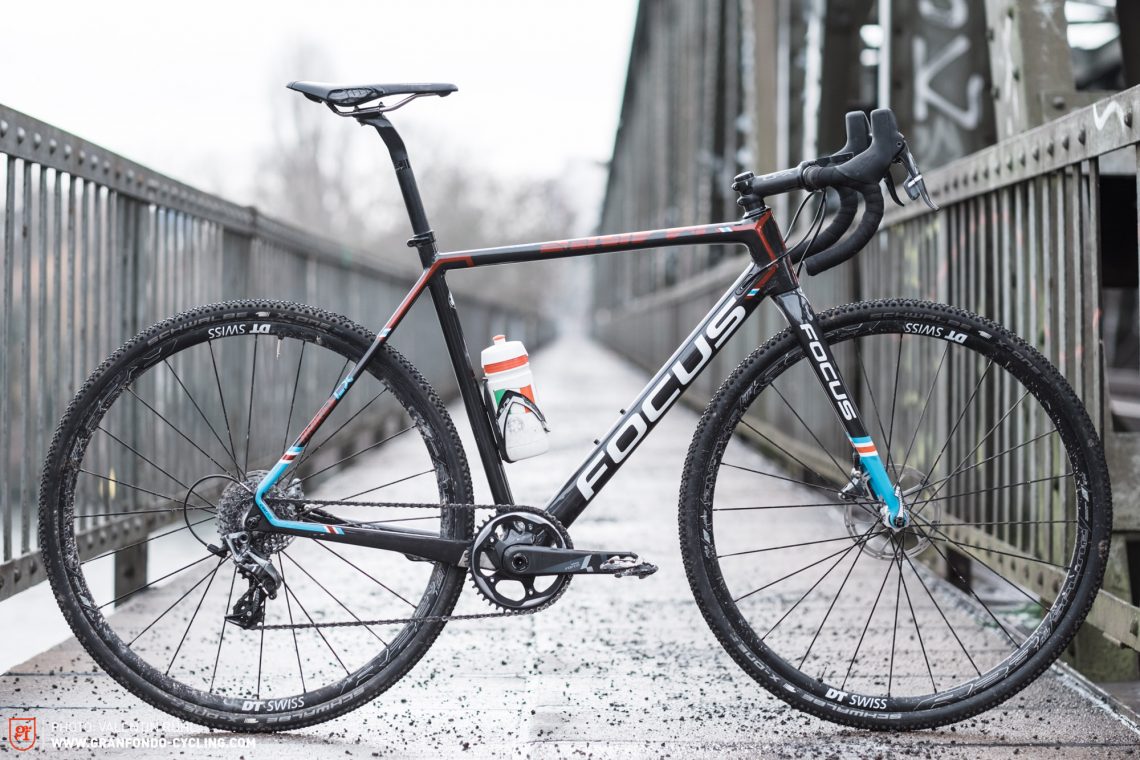
1. Weight
You’ll want your cyclo-cross bike to be as light as possible, as everything that you need to hit requires fast acceleration – think about the tight turns and steep climbs. Call it the off-road equivalent of crit racing. Then don’t forget, you’ll have to put it on your shoulder and run, where you’ll quickly realize the differences between your old steel frame and a tidy carbon cross bike. The Focus Mares Force 1 is up there with the lightest on the scene, with a weight of 7.7 kg for the size 56 frame (minus pedals).

2. Drivetrain
Thanks to the development of mountain biking, there are more and more 1x gearing set-ups entering the cross arena. The Focus comes with a 42 at the front, and its 11-32 cassette will sort you out for those steep ups, smooth sections and achingly tight corners. As with any gear option, the 1x has pros and cons – compared to a 2x it works better in the mud, but running one chainring has a risk of dropping your chain which is a major mishap in a short race. Fortunately the Focus Mares 1 quashes any chain-drop worries by coming with a welcome chain guide.
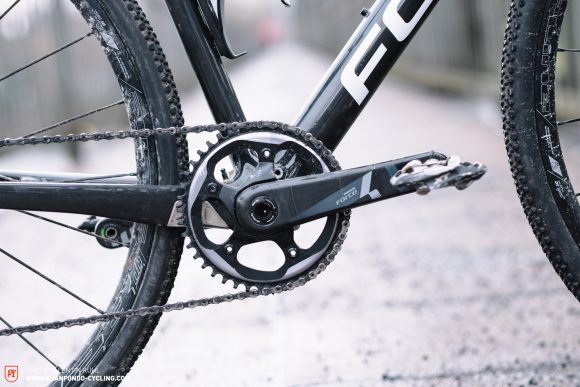
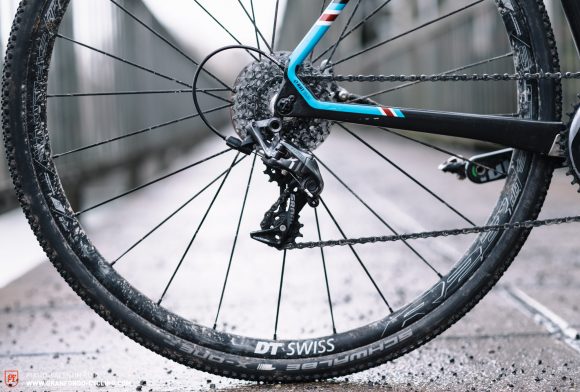
3. Geometry and handling
Thinking of where you’ll ride the cyclo-cross bike, the frame needs shorter and more aggressive geometry than a regular road bike, so that you can maneuver round tight turns at high speeds. The shorter the stem, the more direct the handling – a definite benefit on tricky, technical courses. The Mares has fairly aggressive geometry and its top tube is at the shorter end of the spectrum compared to other brands, which actually lends the lightning-quick Mares an extra ounce of agility and speed in technical sections. It rides with precious, comfort, agility and a hell of a lot of speed.

4. Tires
Your bike’s set-up is impacted by the tires you choose. If the conditions are muddy, ride with lower pressure (depending on your weight and the actual course, we’d suggest lower than 2 bar) to benefit from more grip and more precise line tracking in corners. But low pressure comes with risks over rocks or wooden planks and could damage your rims if you’re not riding cleanly. The worse the conditions, the more aggressive your tire tread should be. It’s also important to think about tire clearance – they’re undoubtedly going to collect mud with each lap, so if you’ve not got the pro luxury of a team of mechanics and spare bikes to switch on each lap then you’ll struggle.
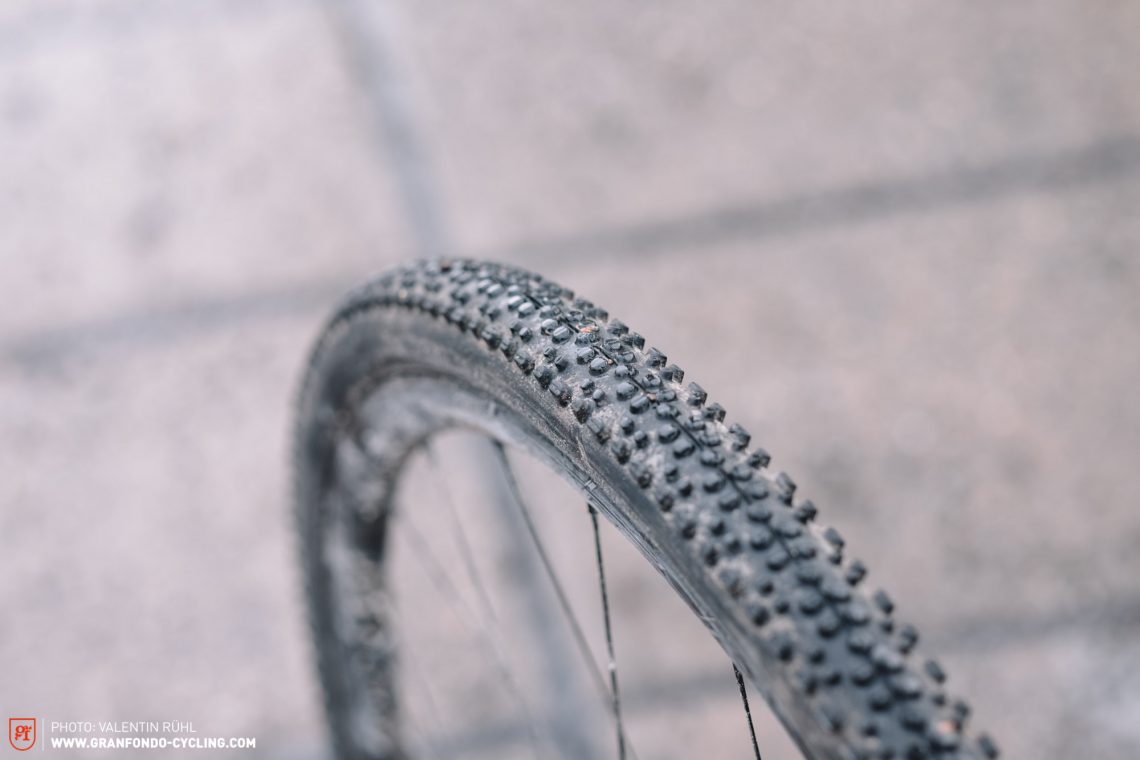
5. Discs
Disc brakes haven’t been fully embraced by the cyclo-cross circus, but 2016 World Champ and cyclo-cross demi-god Mathieu van der Poel is convinced: “Ride faster for longer, with more controlled and dependable braking.” Shimano and SRAM are worlds apart when it comes to modulation, with Shimano showing more generosity and SRAM having more bite. But they both give the same result: significantly better braking with more consistency. A welcome side effect: Disc brakes won’t act like sandpaper on your pricey carbon wheels. The Focus Mares comes with SRAM Force Disc brakes – nice choice!
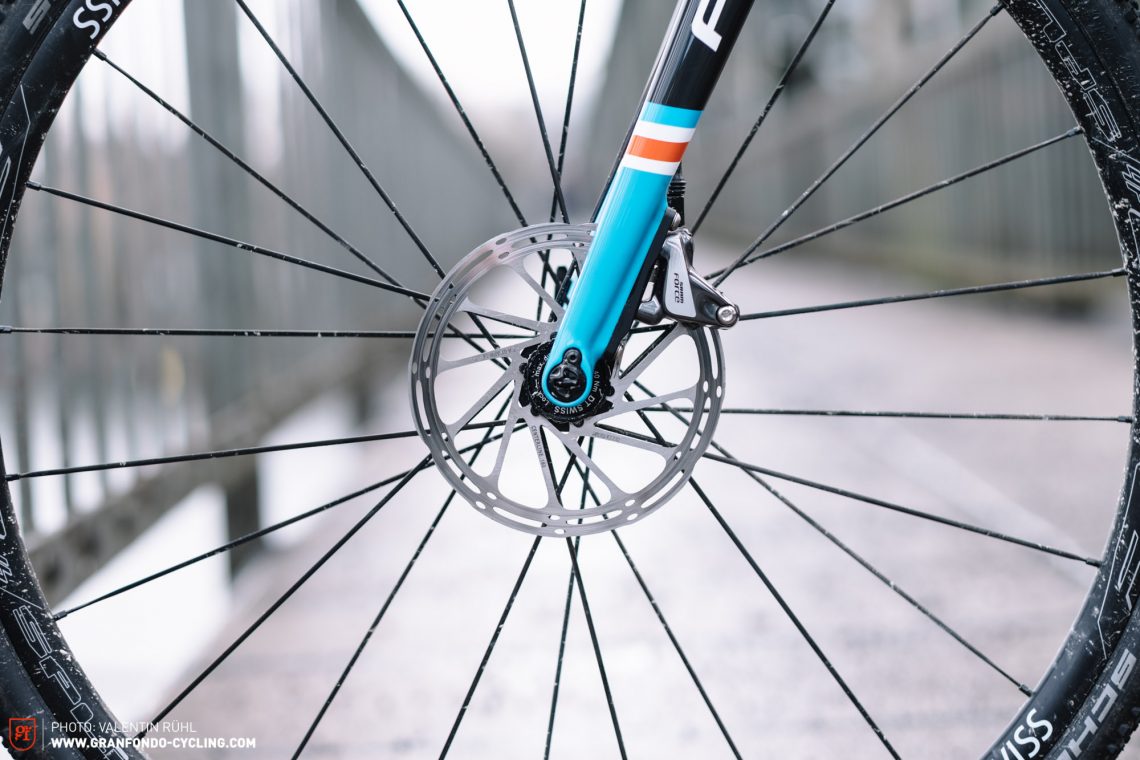
6. Thru-axles
People argue that changing wheels with thru-axles is more time-consuming than with a quick release (and we won’t even broach the topic of added stiffness with disc brakes). Usually, those rumours hold true, but if you can afford the Focus Mares Force 1, be prepared for two advantages: firstly, you’ve probably got enough money to buy a second Focus Mares for the pit zone (see point 4); and secondly, you’ll get the benefits of Focus’s R.A.T thru-axle system that results in notably quicker wheel changes. You just turn the lever 90°, pull out the axle, take the wheel out and put the new one in. Job done. Obviously, this is reliant on having a spare wheel. If not, expect a dose of bitterness: bitterly cold finger while change a tube, and just pure bitterness as the mud does its best to muddle your mechanics and waste your time. There’s always the 80% rule behind the leaders that might lead to an early exit from the race.
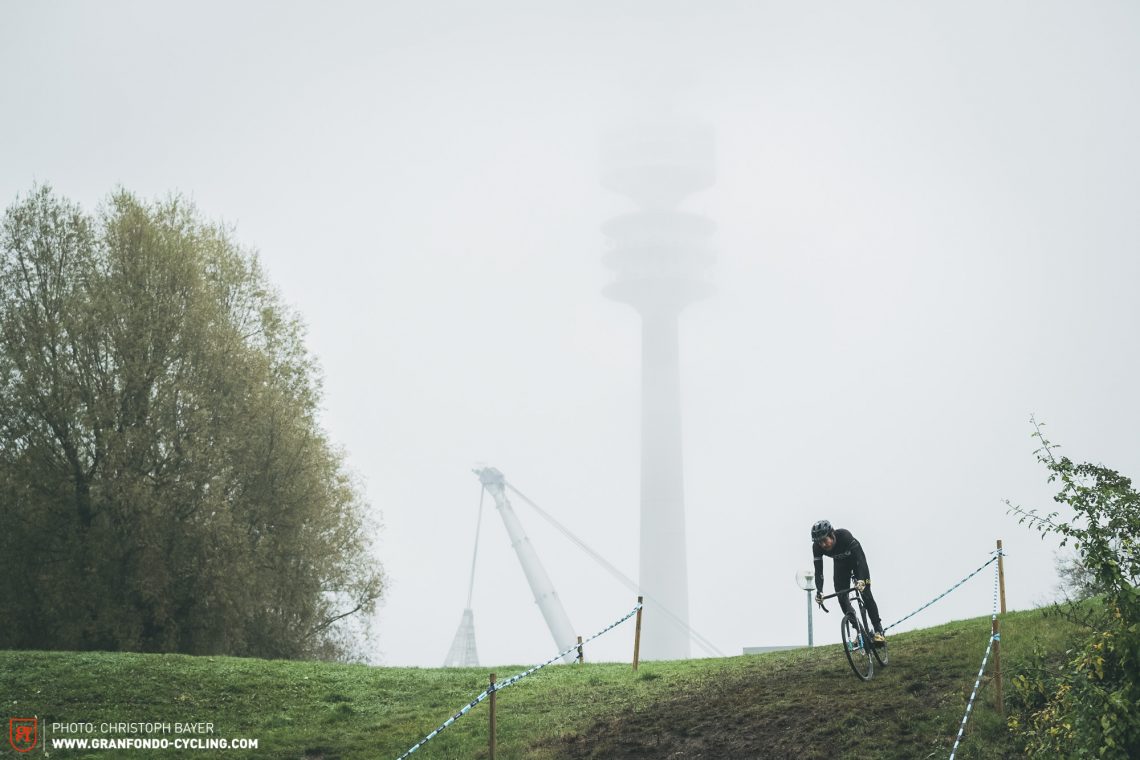
7. Accessories
In cyclo-cross you can often expect to make close acquaintance with the ground, and in such instances your fancy Garmin mount is vulnerable. If, however, you make the sensible decision to scrap the exposed mount on your bars and use rubber grippers to hold your Garmin in place, such a mishap is unlikely to happen. Less is more.

But it’s simply no use having the best bike if you haven’t even got the basics – check out top 11 tips for cyclo-cross newbies and those who just don’t give a damn.
For more information head to focus-bikes.com
Did you enjoy this article? If so, we would be stoked if you decide to support us with a monthly contribution. By becoming a supporter of GRAN FONDO, you will help secure a sustainable future for high-quality cycling journalism. Click here to learn more.
Words: Jonas Kaesler Photos: Valentin Rühl, Christoph Bayer







